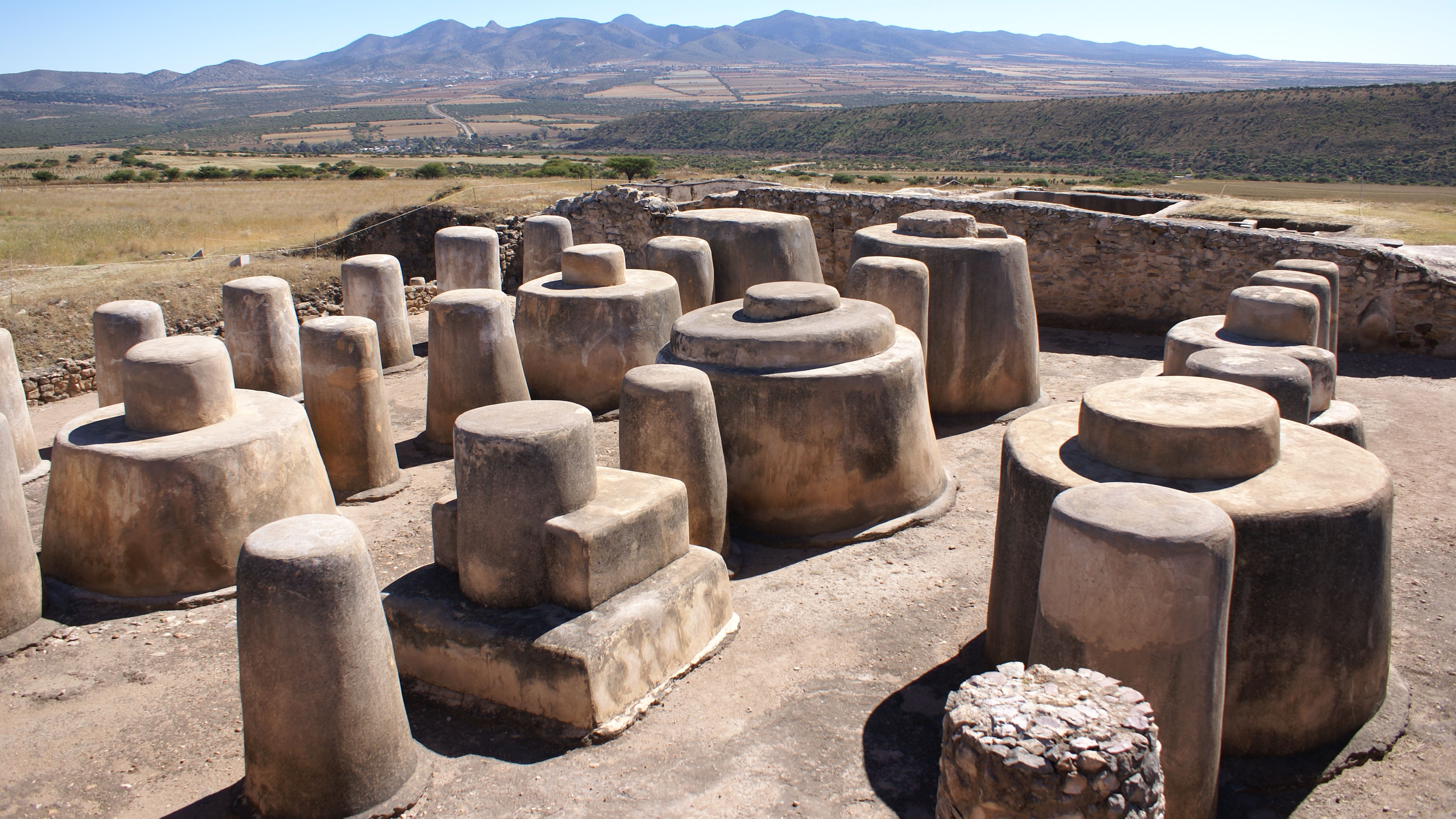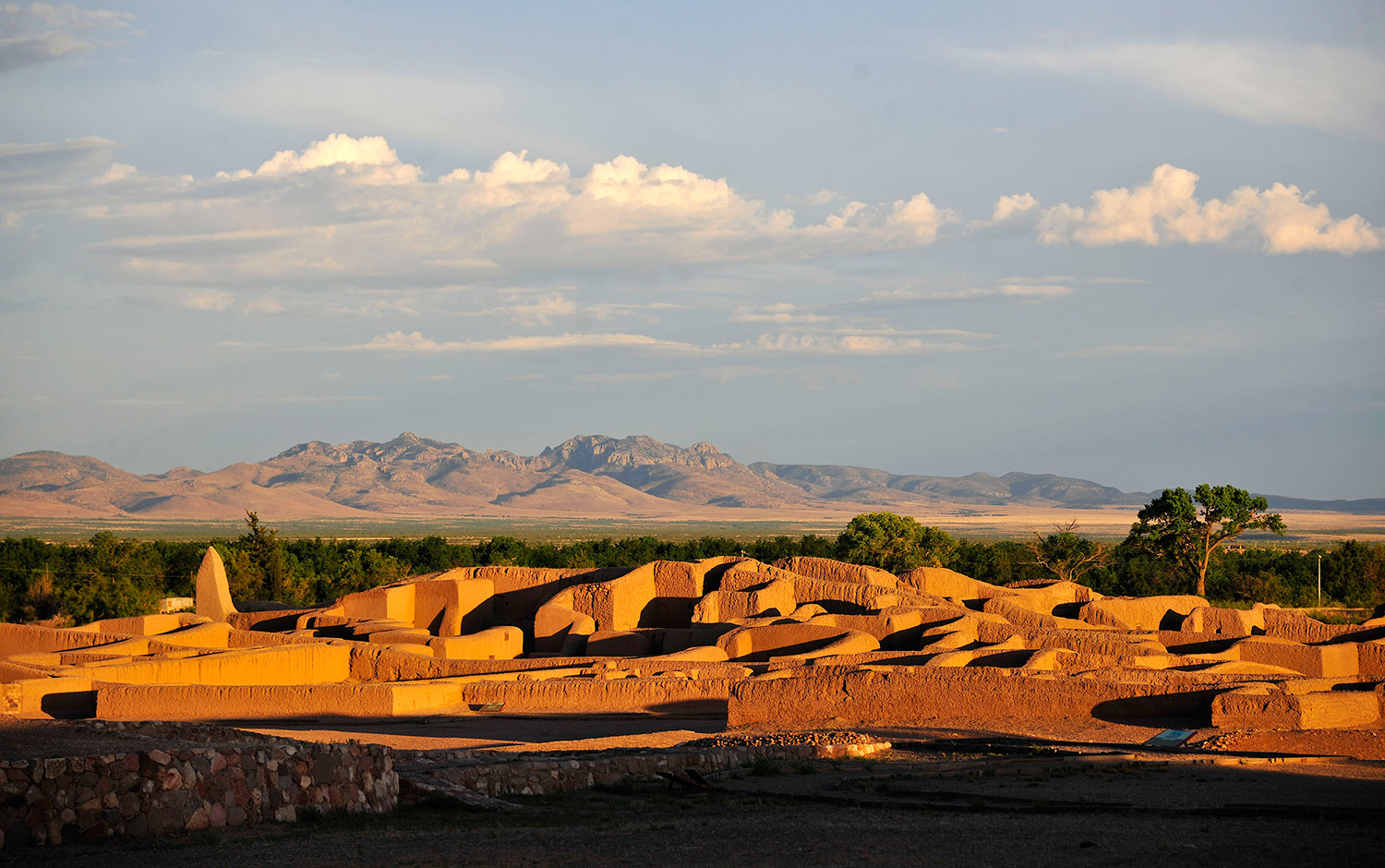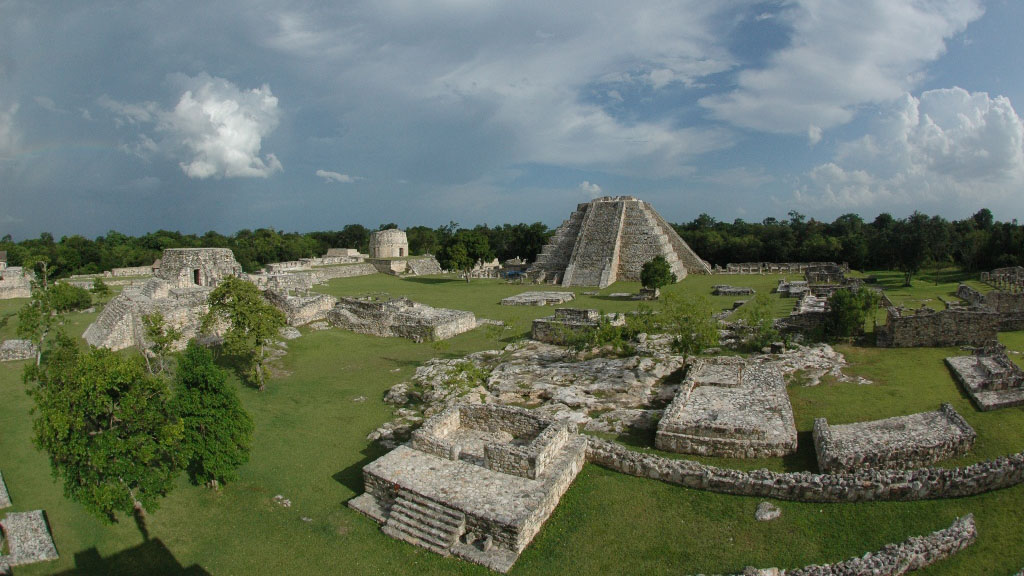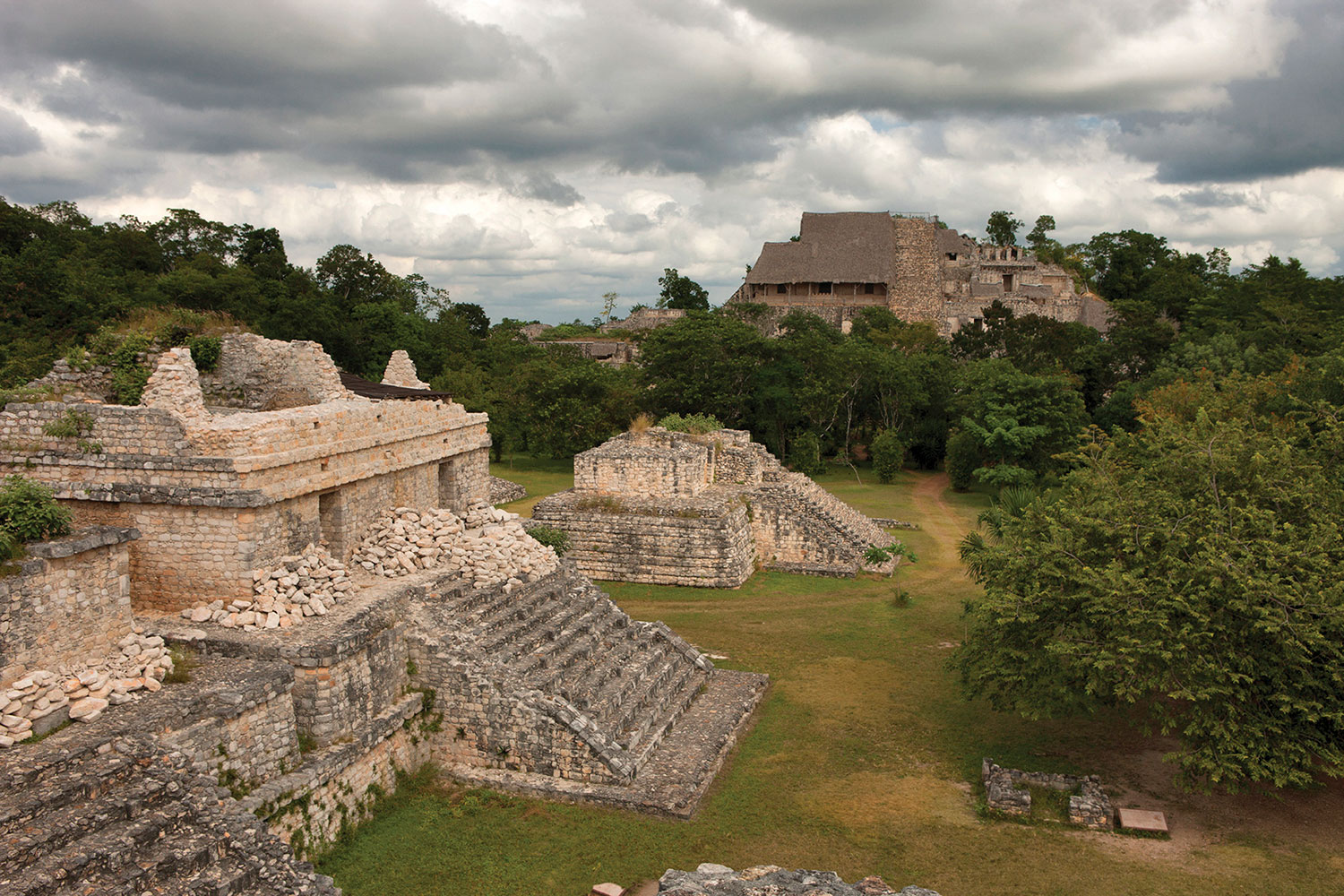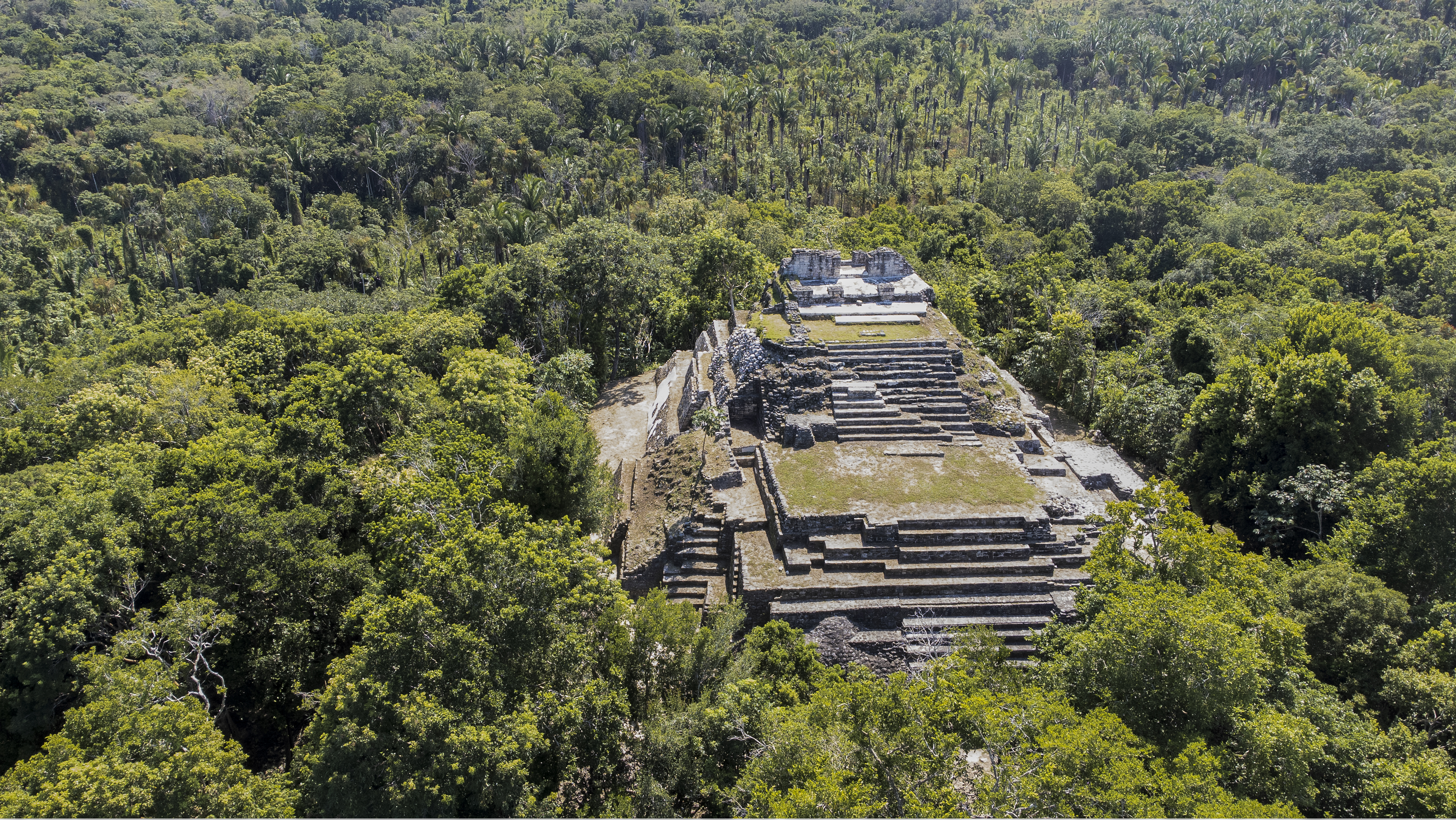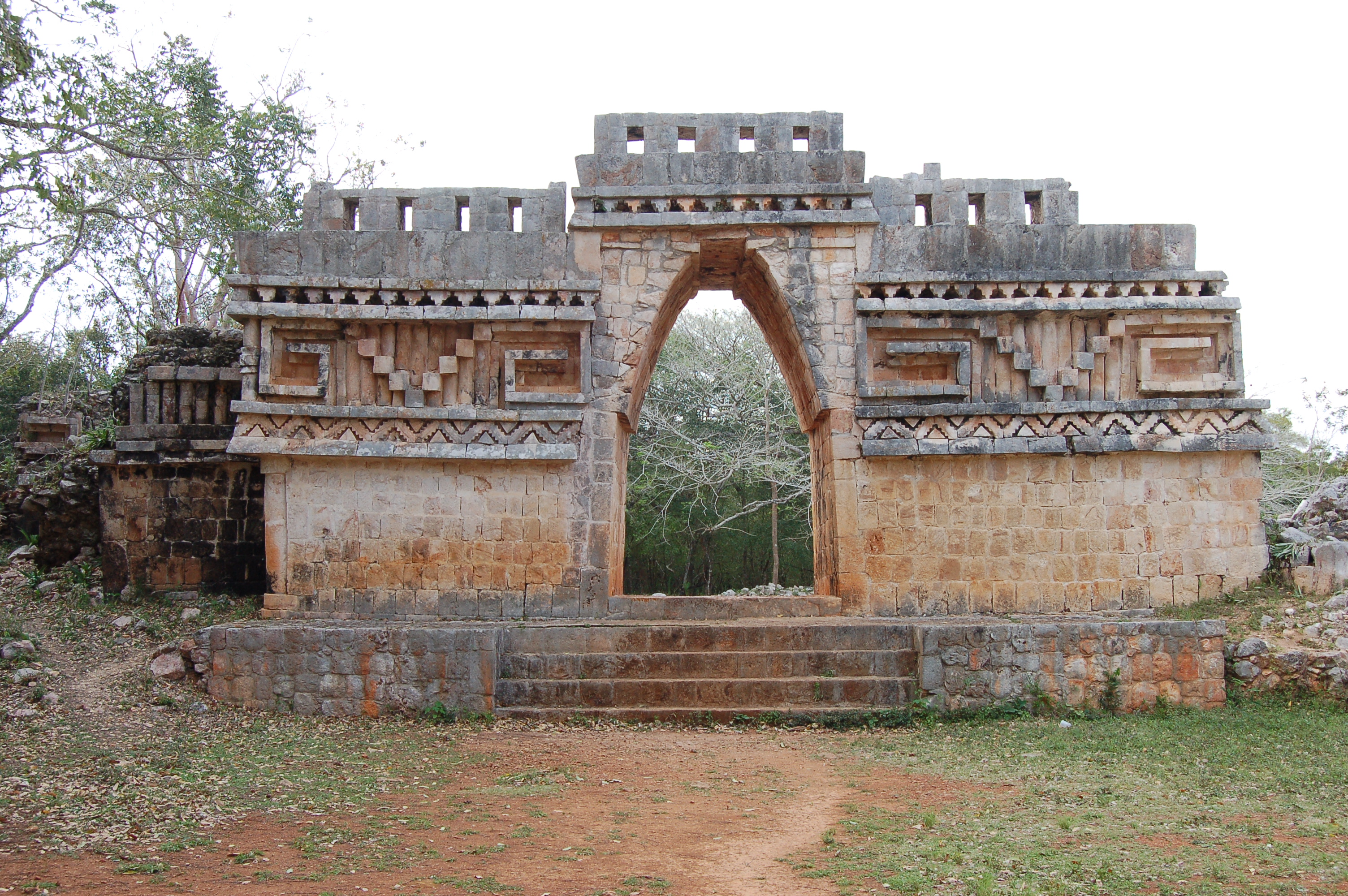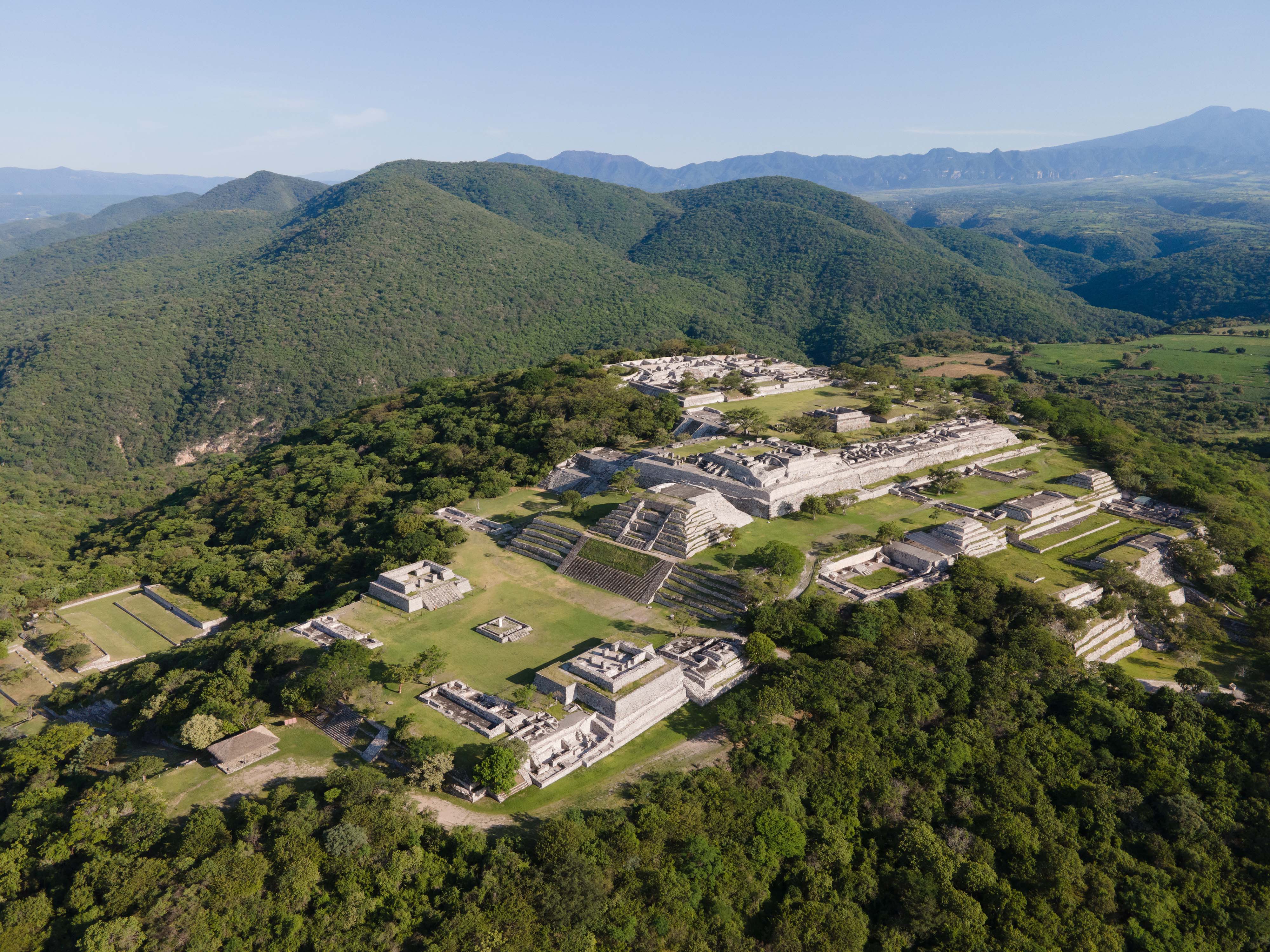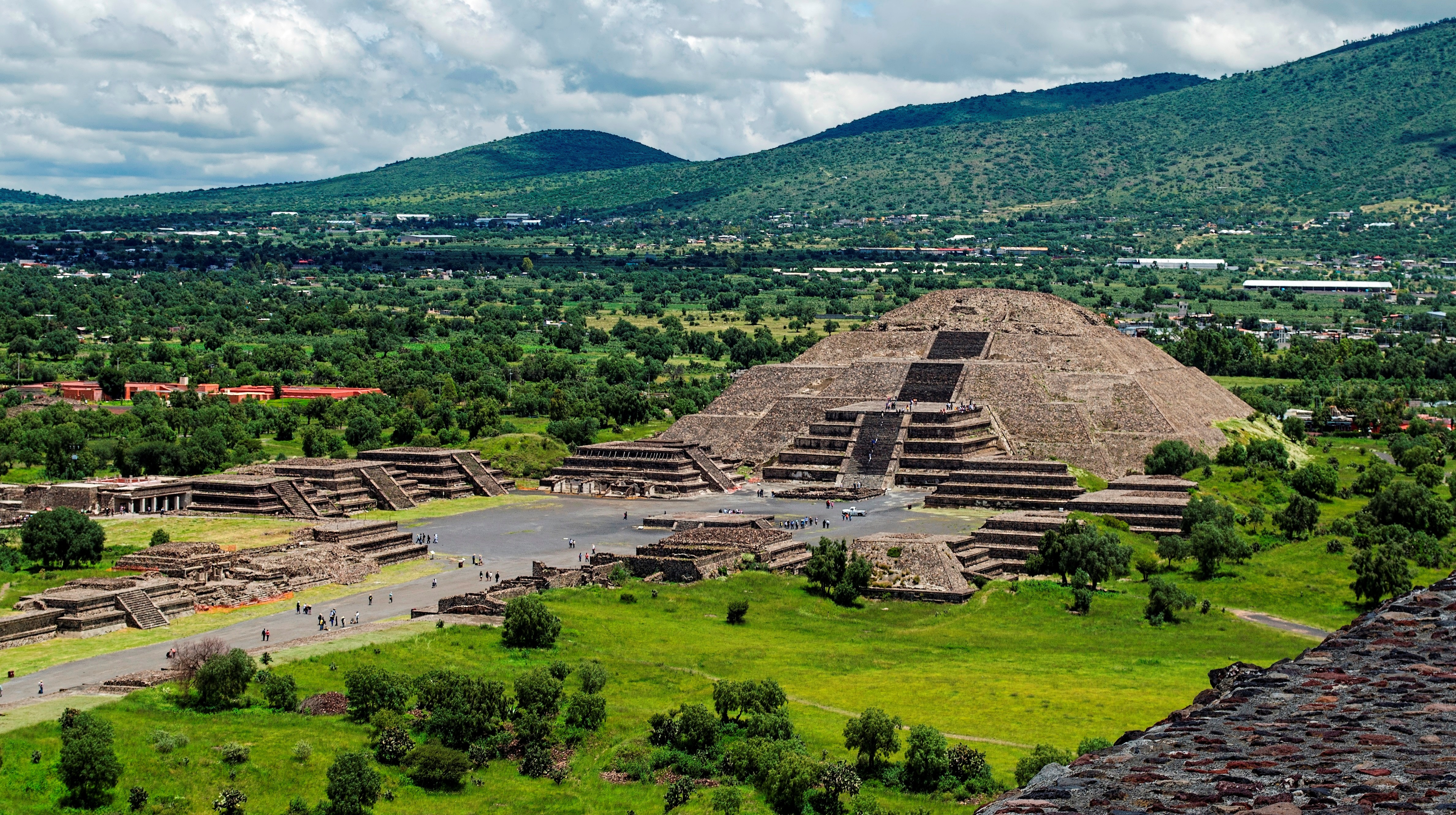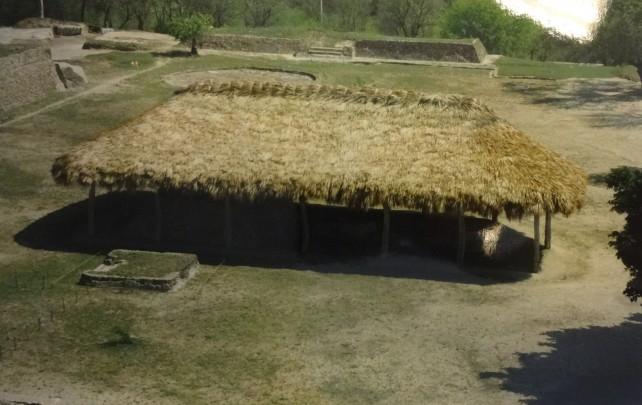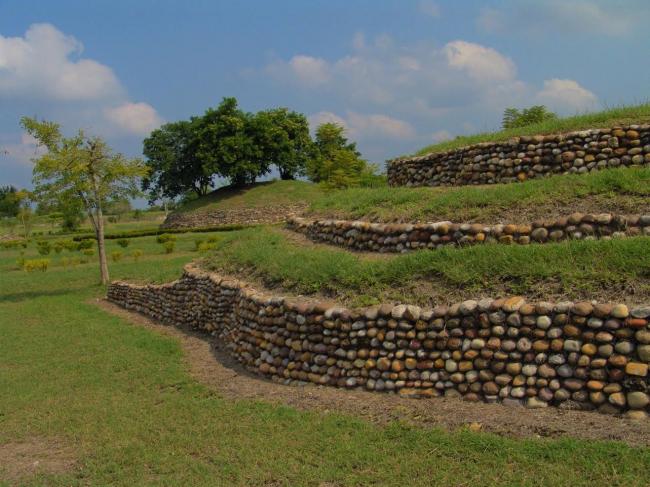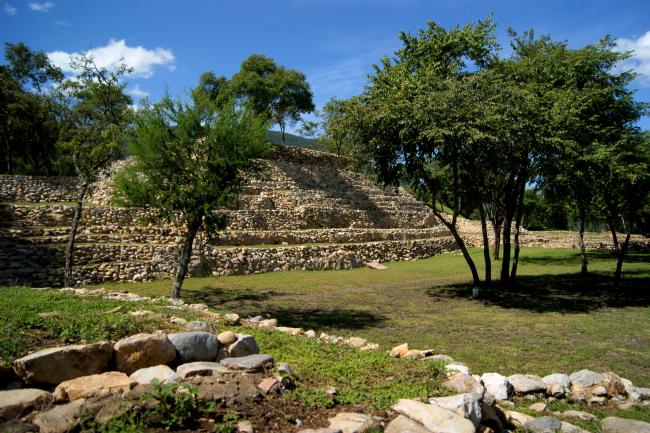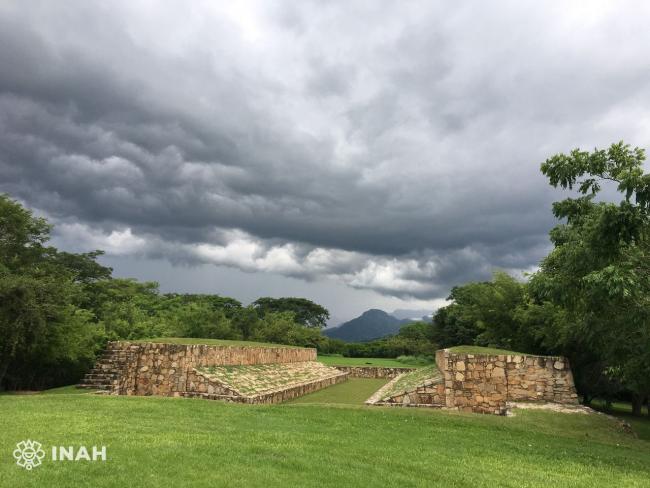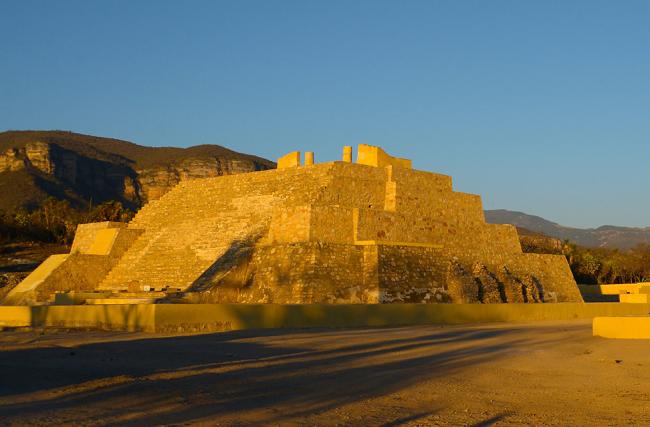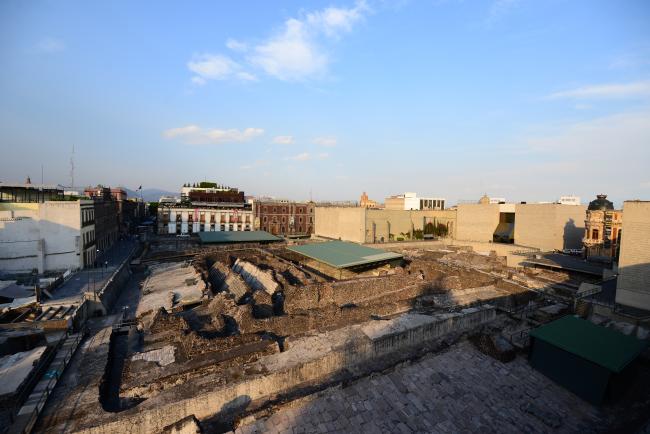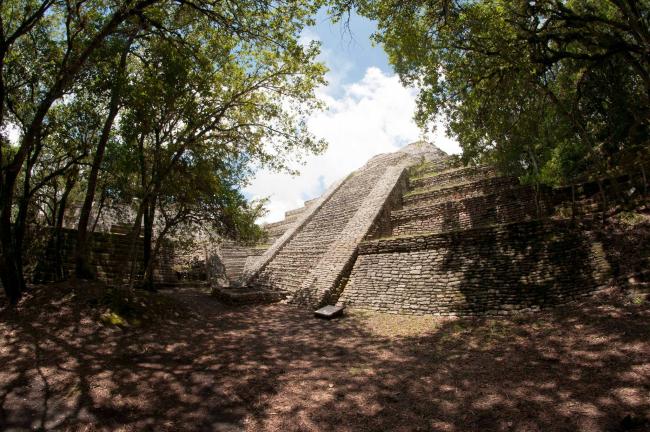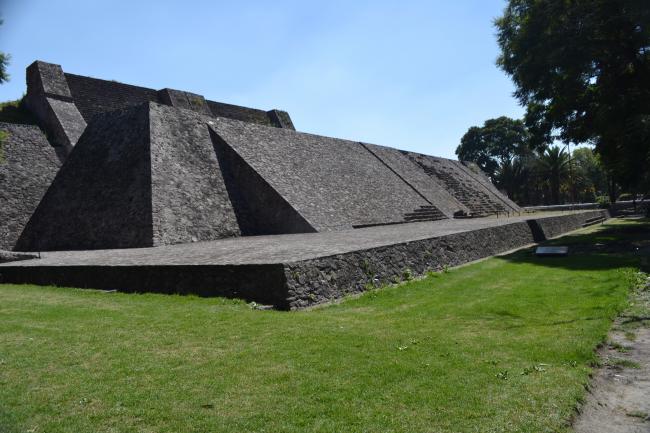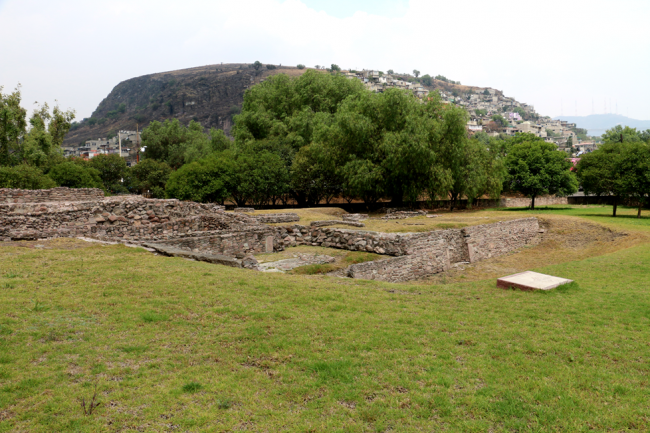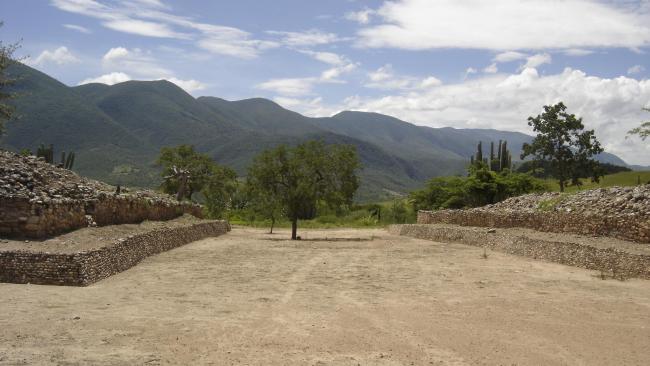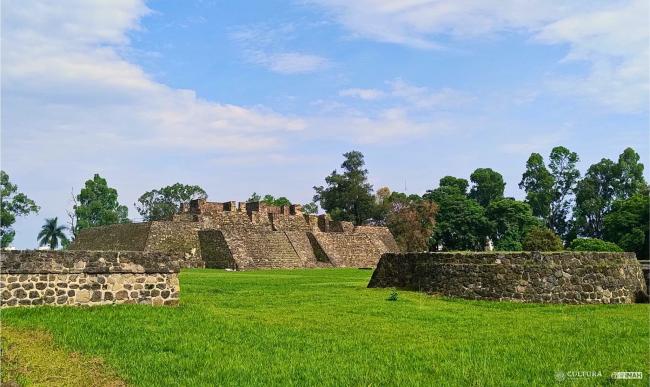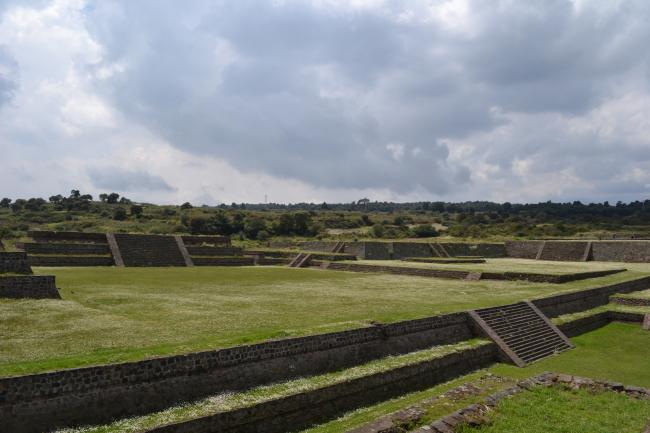
Zonas Arqueológicas
Tamohí (El Consuelo)
The place of rain clouds
Important Huastec center (1100-1300 AD). The aesthetic sensibility of this culture is evident from its mural paintings, the delicate work with sea shells and conch, pottery, work with precious metals and sculpture such as “The Huastec Youth.” River trade was…
Tamtoc
Located in the Huasteca Potosina region (900-1100 AD), with significant river trade, the site is remarkable for its pyramids, monoliths, stelae, mural paintings, the use of the calendar, circular buildings and amazing stone sculptures, such as the Venus of Tamtoc, which speaks of the important…
Tancama
In the heart of the Sierra Gorda, it had a long period of occupation (200 BC – 900 AD). It has three large plazas and 56 structures. At the winter solstice the Sun becomes aligned with the Cerro Alto hill. Marvelous views of the surrounding landscape.
Tehuacalco
Pyramids and palaces surround the great central plaza of this stately location that was never dominated by the Mexicas. Surrounded by hills that coincide with the points of the compass, the site reproduces the scheme of the pre-Hispanic universe. Its deities were the gods of fertility, the sun,…
Tehuacán el Viejo
The region was fundamentally important in the history of domesticating several plants including maize. During the Postclassic, Tehuacan was the region’s most important site in terms of religion and politics.
Templo Mayor
The center of Mexica religious and political life, the extraordinary remains of Templo Mayor stand in the heart of Mexico City. Dedicated to Tlaloc and Huitzilopochtli, its treasures include a wall of skulls altar, the House of the Eagles, and a monolithic sculpture of the goddess Coyolxauhqui…
Tenam Puente
Spectacular platforms with retaining walls, plazas, palaces, shrines and dwellings. Maintained important commercial relationships (300-1200) with the neighboring region, the Gulf Coast of Mexico, the Central Depression of Chiapas and the Guatemala highlands.
Tenayuca
First capital of the Chichimecas of Xólotl (end of the twelfth century) until it was moved to Texcoco. It still contains an extraordinary pyramid crowned with twin temples dedicated to Tlaloc and Huitzilopochtli, with glyphs on many steps and surrounded by a wall of serpents.
Tenayuca II
With only 330 yards separating them, Tenayuca II is considered to be part of Tenayuca. The site has an interesting housing complex.
Teopantecuanitlán
Unique settlement in the present-day state of Guerrero with monumental architecture bearing Olmec traces. It played a key role in the supply, manufacture and redistribution of luxury goods from the coast destined for the Valley of Mexico. It was inhabited for almost 800 years.
Teopanzolco
Engulfed in the urban sprawl of present-day Cuernavaca, and originally inhabited possibly by Tlahuicas, when the Mexica dominated the region they built new palaces, temples and houses. The principal pyramid survives, surmounted by two temples, one dedicated to Tlaloc and the other to…
Teotenango
To the south of the Toluca Valley, this was successively a civic and religious center, a walled city and a military garrison (650-1550 AD). A jaguar is sculpted in bas-relief on a monolith in the impressive Plaza of the Jaguar. There are also other stone reliefs.

